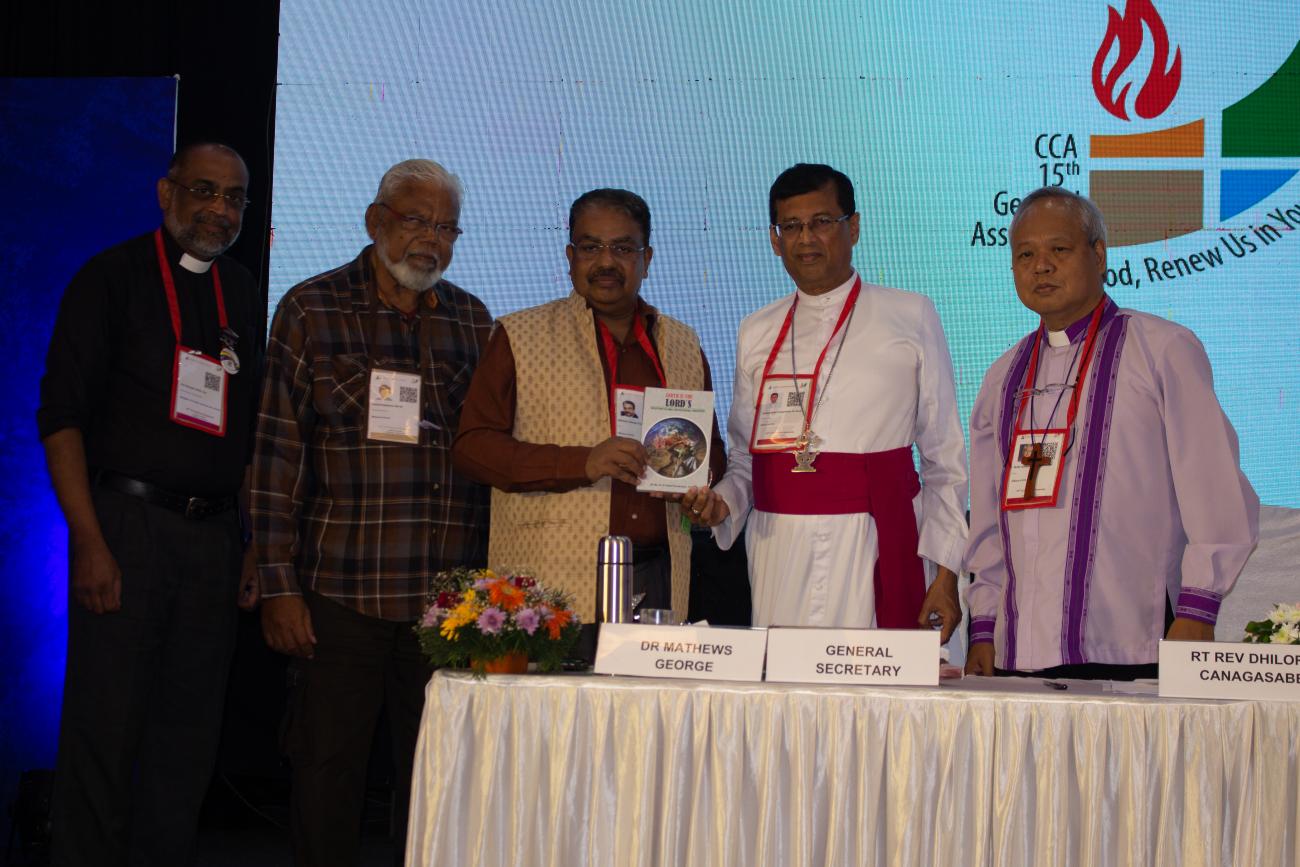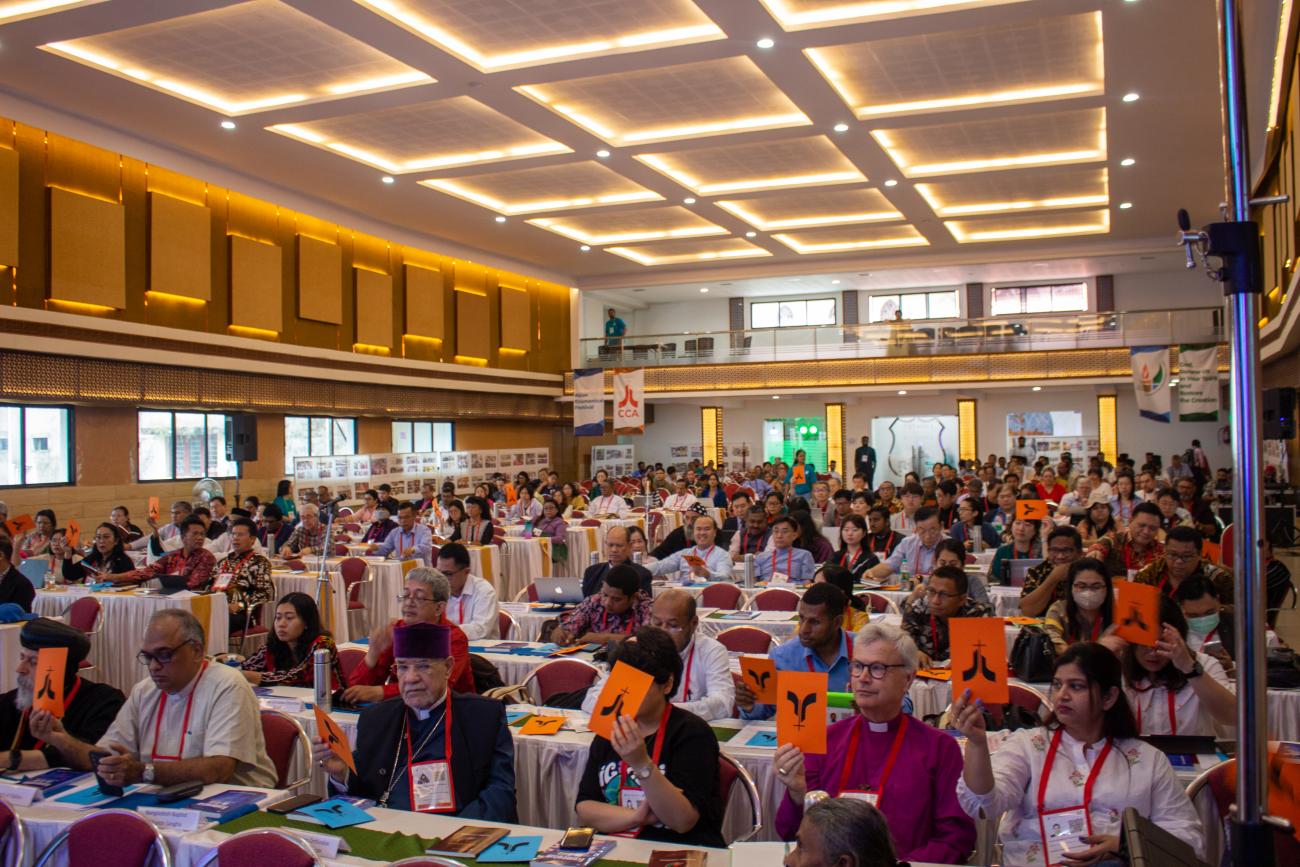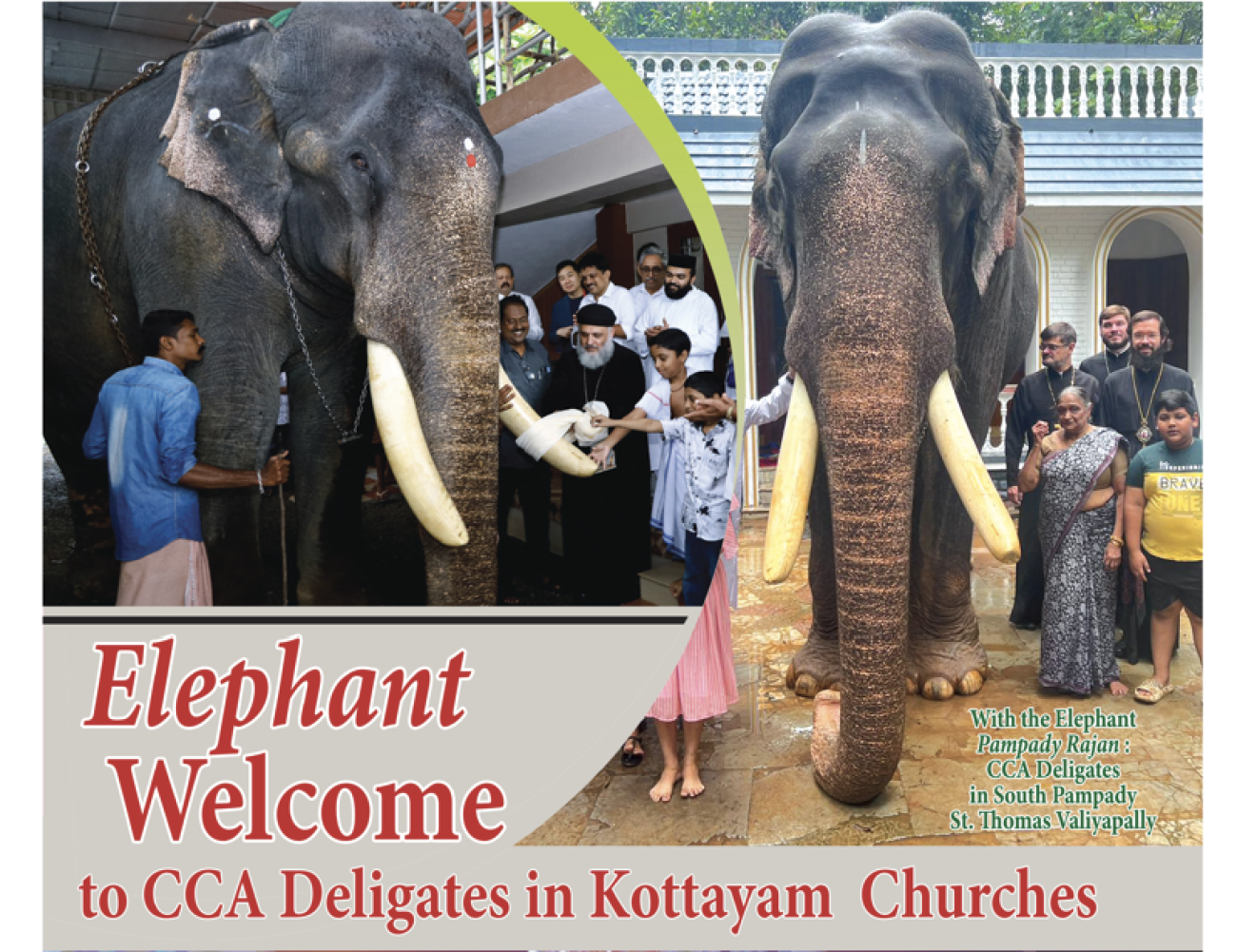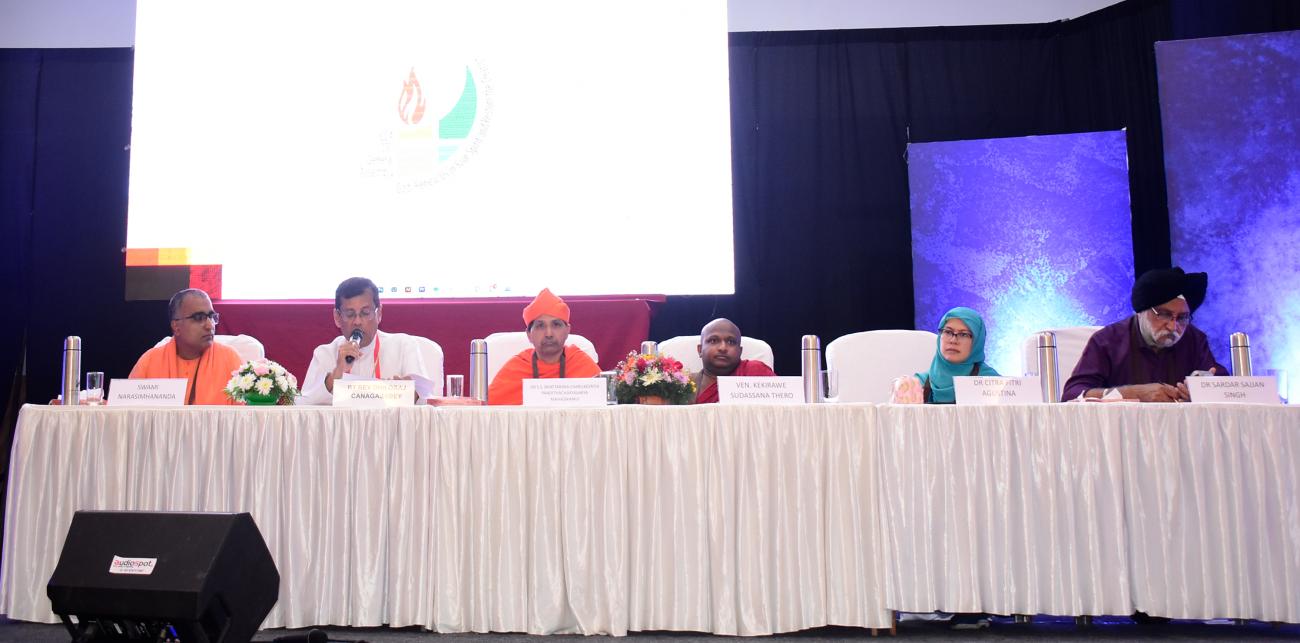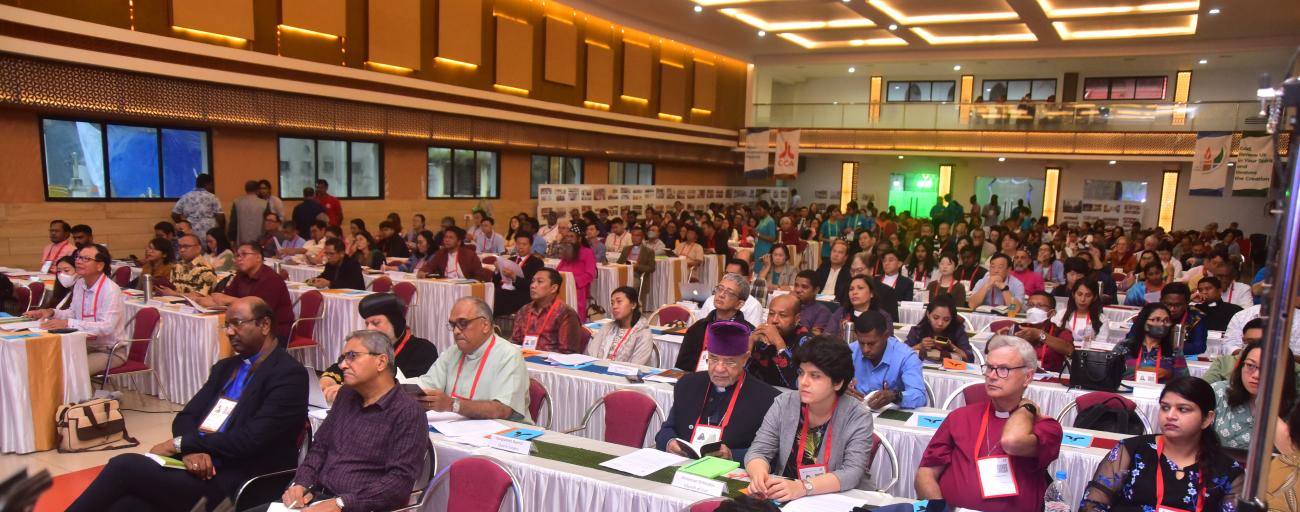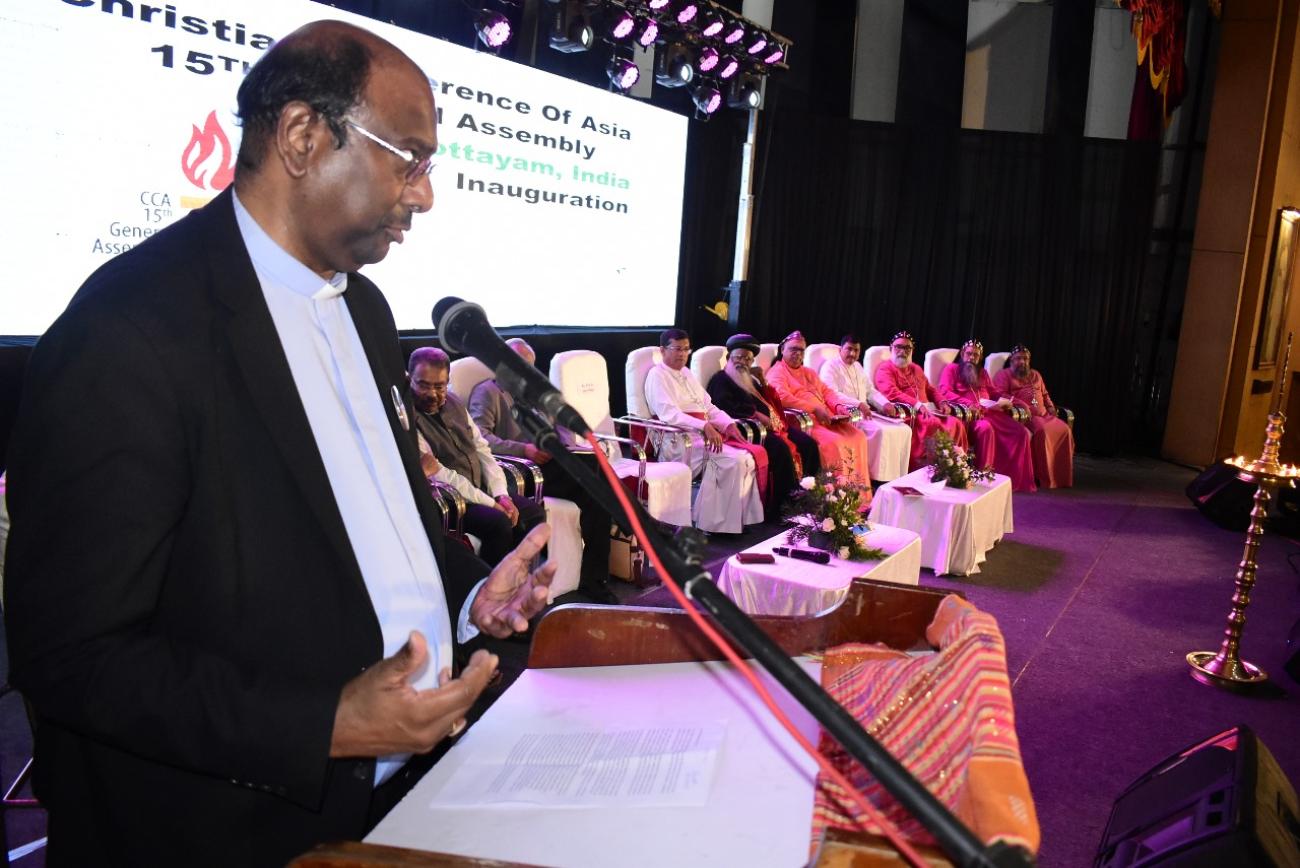CCA Statement on Climate Change
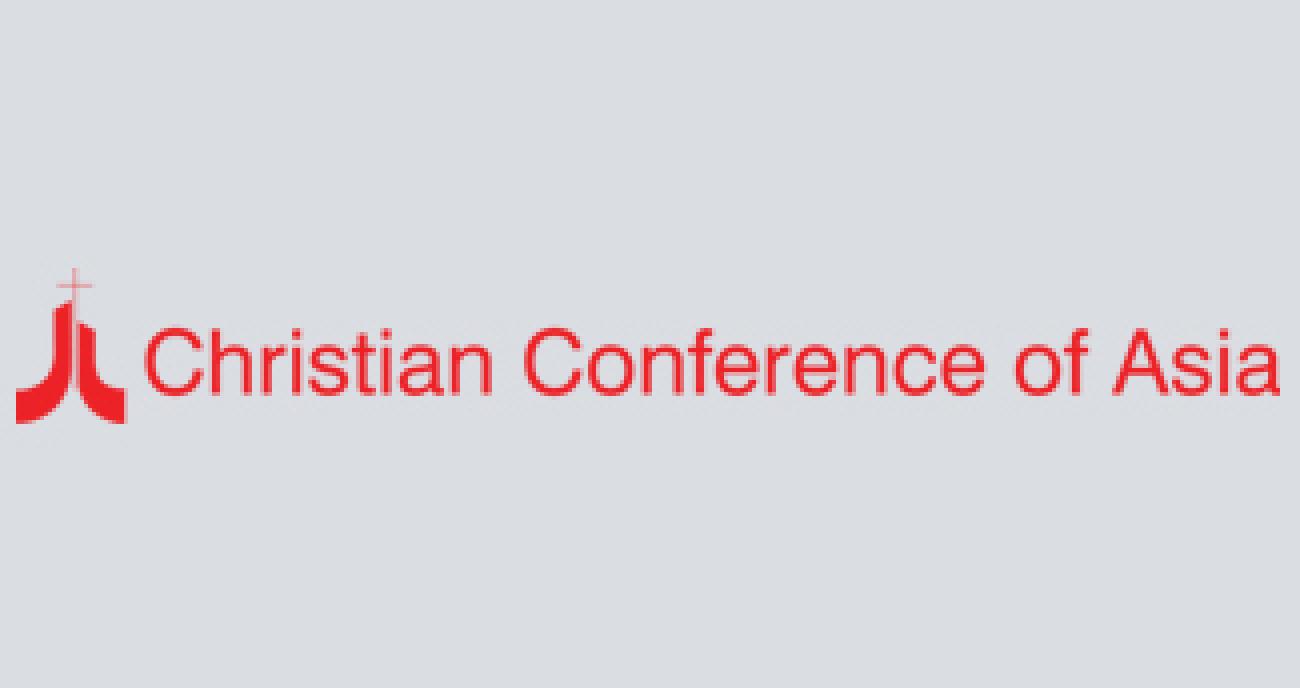
ASIA AND THE IMPACT OF CLIMATE CHANGE
The occurrence of natural disasters around the world in the last few decades has caused significant human and economic losses with worsening trends quantitatively and qualitatively. In 2008, there were 354 natural disasters that killed 235,000 people and affected 214 million people with economic costs reaching over 100 billion US$. Despite the lesser number of disasters in 2008 compare to the yearly average number of disasters for the period 2000-2007, which is 397 with 66,813 people killed, the death toll in 2008 was three times higher and the economic cost is more than twice the 82 billion US$ annual average for 2000-2007.<![if !supportFootnotes]>[1]<![endif]> Another tsunami and an earthquake on September 30, 2009 brought new concerns and challenges.
Asia is the world's most disaster prone region with the largest population in which all kind of natural disasters occur. Statistically, hydro-meteorological hazards contributed higher number of disasters compared to geophysical hazards. The disastrous impacts of floods, long droughts, storms, cyclones as well as other weather-climate extremes are predominant. This condition is strongly influenced by the exaggerated demands of energy consumption within the region. On current trends, energy related emission of carbon-dioxide9(CO2) and other green house gases will raise inexorably, pushing up the average global temperature by as much as 6OC in the long term.<![if !supportFootnotes]>[2]<![endif]> According to Chevron, the world consumes two barrels of oil for every barrel discovered and it took 125 years to consume the first trillion barrels of oil – the world will consume the next trillion in only 30 years. By 2030 the world will consume 47% more oil than it did in 2003.
Geophysical disasters require serious attention and efforts in disaster risk reduction as they have a devastating impact on human life, economy, and nature; an example of which is the tsunami disaster that struck Sri Lanka, India, Thailand and Indonesia in 2004. In Indonesia, the 2004 tsunami killed more than 165 thousand people and economically has created losses in excess of 4 billion US$ as well as a loss of private sector property valued at more than 3 billion US$<![if !supportFootnotes]>[3]<![endif]>. This disaster has raised government awareness across the region to change their policy orientations from disaster response strategies to disaster risk reduction management. Furthermore, it has even lead some countries to ratify the Hyogo Framework of Actions (2005-2015) that aims at substantial reduction of disaster losses, in both human lives as well as the social, economic and environmental assets of communities and countries. Meanwhile, there are massive efforts in local, national, and international levels to reduce disaster risks by a systematical integration of policies, plans and programs for sustainable development and poverty reduction. <![if !supportFootnotes]>[4]<![endif]>
It has been internationally acknowledged through several international platforms such as the Yokohama Strategy 1994 and the current operating frameworks known as the Hyogo Frameworks of Actions (2005 – 2015) that reducing risk of disasters requires immediate and urgent action. A paradigm shift from response to risk reductions has been widely introduced in many countries. The role of civil society organizations and churches in facilitating this change is vitally important.
The World Council of Churches has been working on climate change since 1990. Meanwhile, the Christian Conference of Asia have been showing a strong commitment and concern in fostering the Earth as our habitat which God has entrusted us in caring for and protecting from the beginning of creation. "The earth is the Lord's and the fullness thereof" (Psalm 24:1) is a scriptural call for environmental stewardship. Scripture clearly states that God created, blessed, protected and made a covenant with nature and all the species in it. As stewards of God's creation, we are likewise<![if !supportFootnotes]>[5]<![endif]> called to answer this duty, therefore maintaining the ecological integrity of our biosphere, which for Churches has indeed both a spiritual and ethical dimension. However, there is still a gap between policies and actual actions to incorporate Climate Change Adaptation and Disaster Risk Reduction ( DRR ) in the Asian Region. The urgency of the threat of climate change requires our generation to take immediate action and go beyond simple declarations and statements. New alternative models of life are called for.<![if !supportFootnotes]>[6]<![endif]> Meanwhile, it is also important to have an effective mechanism of action frameworks of the DRR and Climate Change Adaptation incorporated by Churches in Asia.
<![if !supportFootnotes]>
<![endif]>
<![if !supportFootnotes]>[1]<![endif]> Annual Disaster Statistical Review 2008, The numbers and trends; Jose Rodriguez - Femke Vos - Regina Below - D. Guha-Sapir; Centre for Research on the Epidemiology of Disasters
<![if !supportFootnotes]>[2]<![endif]> World Energy Outlook 2008, Executive Summary, International Energy Agency
<![if !supportFootnotes]>[3]<![endif]> Estimasi Dampak Ekonomi Bencana Tsunami; Dr. Bustanul Arifin; Economic Review Journal No. 199 (March 2005)
<![if !supportFootnotes]>[4]<![endif]> Hyogo Framework for Action 2005-2015: I S D R International Strategy for Disaster Reduction (www.unisdr.org/wcdr) *Extract from the final report of the World Conference on Disaster Reduction (A/CONF.206/6)
<![if !supportFootnotes]>[5]<![endif]> Christians Celebrating World Environment Day 2009, Freddy De Alwis, CCA-JID, http://www.cca.org.hk/clusters/jid/
<![if !supportFootnotes]>[6]<![endif]> http://www.wcc-coe.org/wcc/what/jpc/ecearth-climatechange.html

